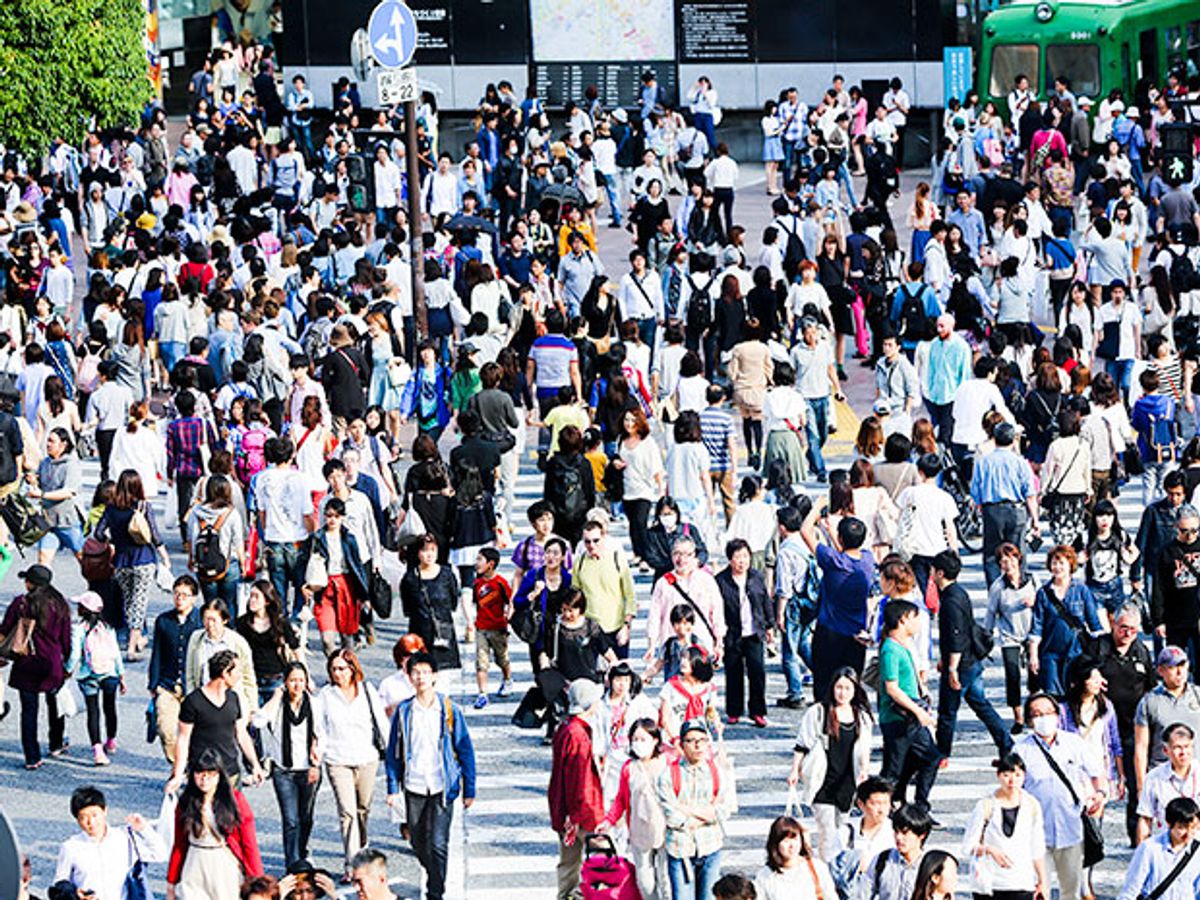As fatal crowd accidents in places like Shanghai and Mecca have shown, improved means of controlling crowd behavior and predicting dangerous congestion spots would be a boon to authorities such as police forces that are tasked with managing major public events. To this end, Mitsubishi Electric and the University of Tokyo’s Research Center for Advanced Science and Technology (RCAST) have jointly developed what they claim is the world’s first real-time crowd-congestion estimation system.
According to Mitsubishi, conventional systems rely on previously collected data concerning crowd conditions for a given location or event. The data is retrieved from a database and fed to a crowd-movement simulator, which then produces a crowd density map.
Rather than relying on historical data, the Mitsubishi system employs surveillance cameras positioned at strategic locations to capture the flow rate of crowds along major pathways in real time. To simulate pedestrian dynamics, the RCAST researchers used a mathematical tool known as a “floor field cellular automaton model,” which together with the flow-rate data can produce a crowd-movement simulation in real time.
The combined results are converted into a color-coded map showing areas where crowd density could be a concern [see figure below].

Mitsubishi says that whereas a conventional system bases its calculations on all the people estimated to be in a given location, the new system uses the real-time flow rate data to do a more accurate calculation, taking into account a more select group of people [figure, below].

Mitsubishi claims that this optimized way of modeling pedestrian dynamics reduces computational complexity and raises the accuracy of calculated crowd-density maps to 80 percent, compared with the roughly 50 percent accuracy yielded by conventional systems.
Given these improvements, Shunichi Sekiguchi, general manager of Mitsubishi’s surveillance system technology division, believes the new system could help prevent the kinds of crowd tragedies that happened in Shanghai and Mecca.
“Thanks to these more accurate predictions and visualizations made in real time, it makes early regulation of crowd traffic possible,” he says. “This would help authorities and security companies take preventive countermeasures when necessary.”
Mitsubishi tested the system at a popular firework festival held on the Tamagawa River in Tokyo last week. The company worked with local Setagaya Ward authorities and used eight cameras to measure crowd flow.
“We are currently reviewing the results from the field demonstration,” says Sekiguchi. “But what I can say is that it rained sometimes during the evening, and so we were able to verify the precision of the people count and congestion predictions in bad weather conditions.”
No word yet when the system will be ready for commercialization, though Sekiguchi said they are “speeding up research and development for early practical application.”



